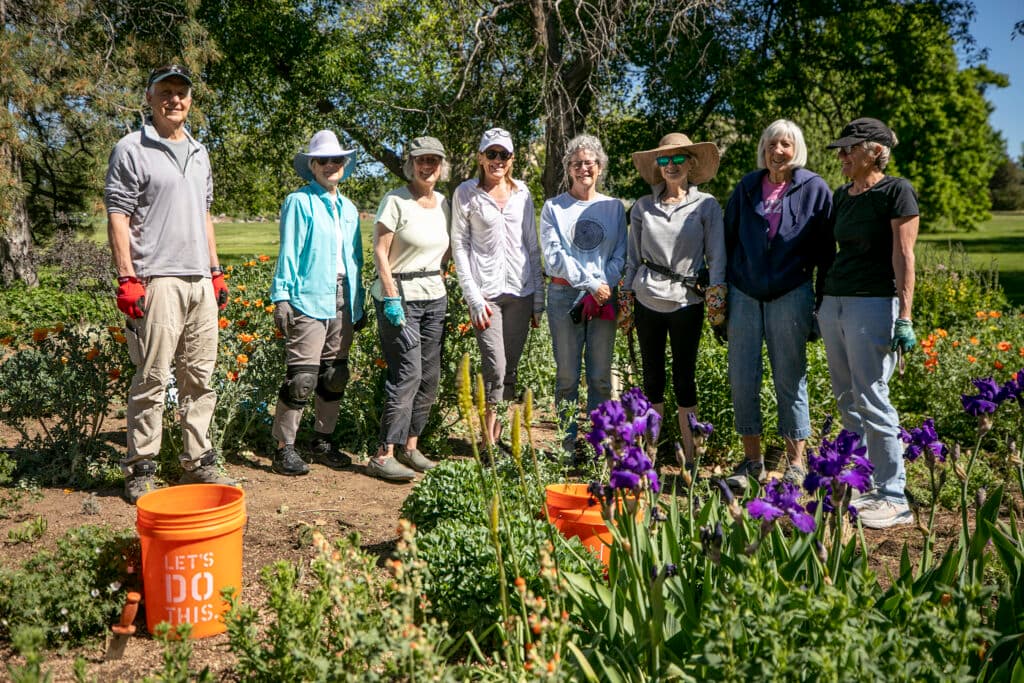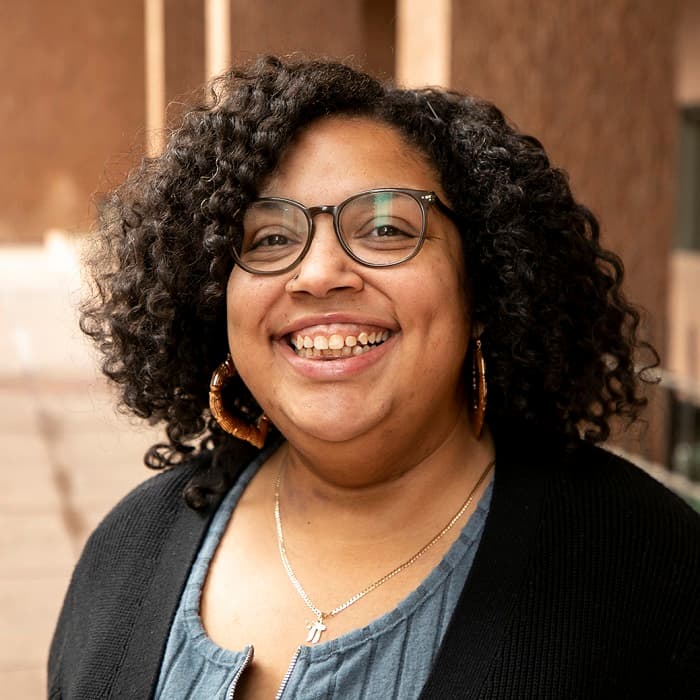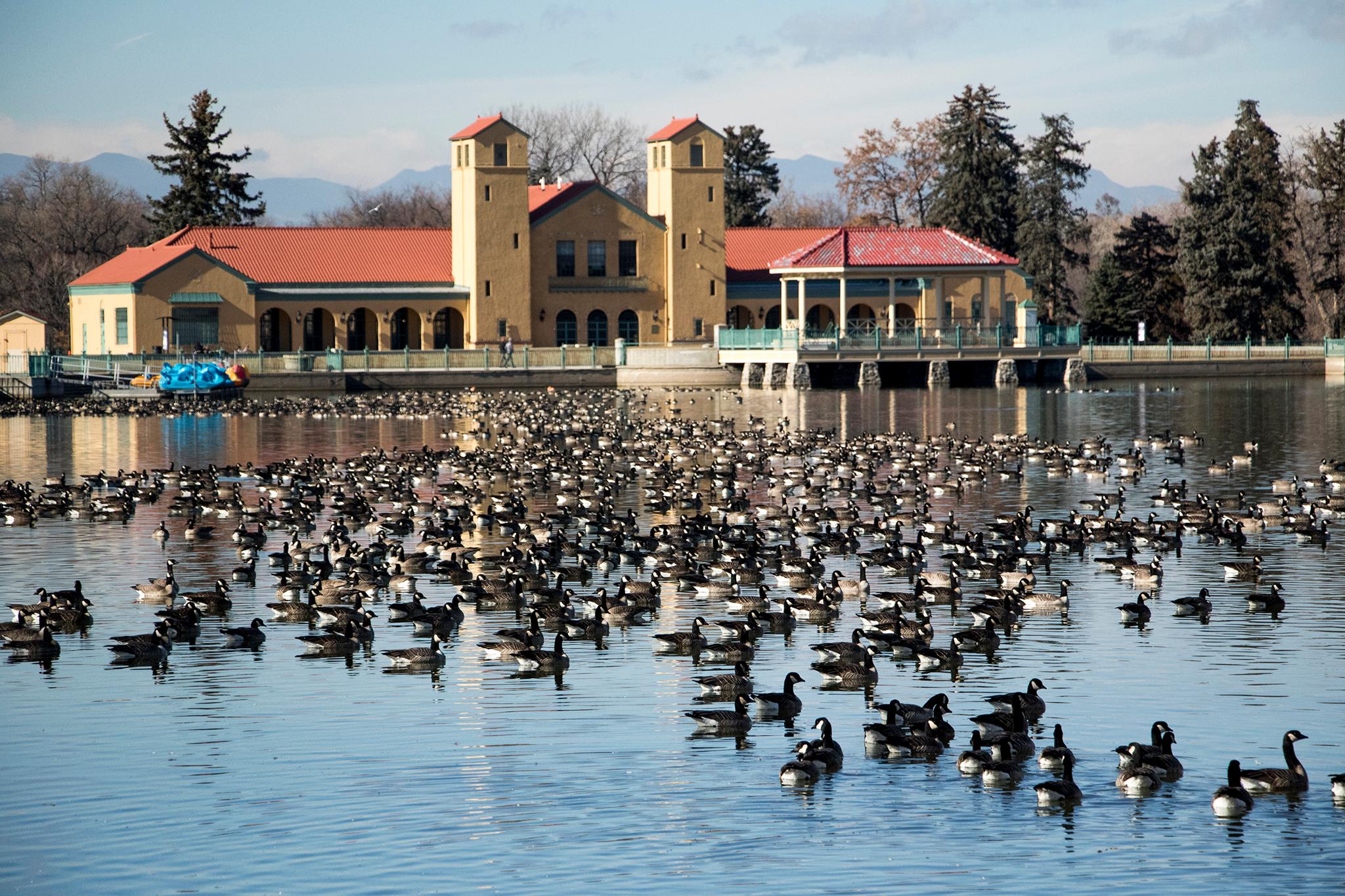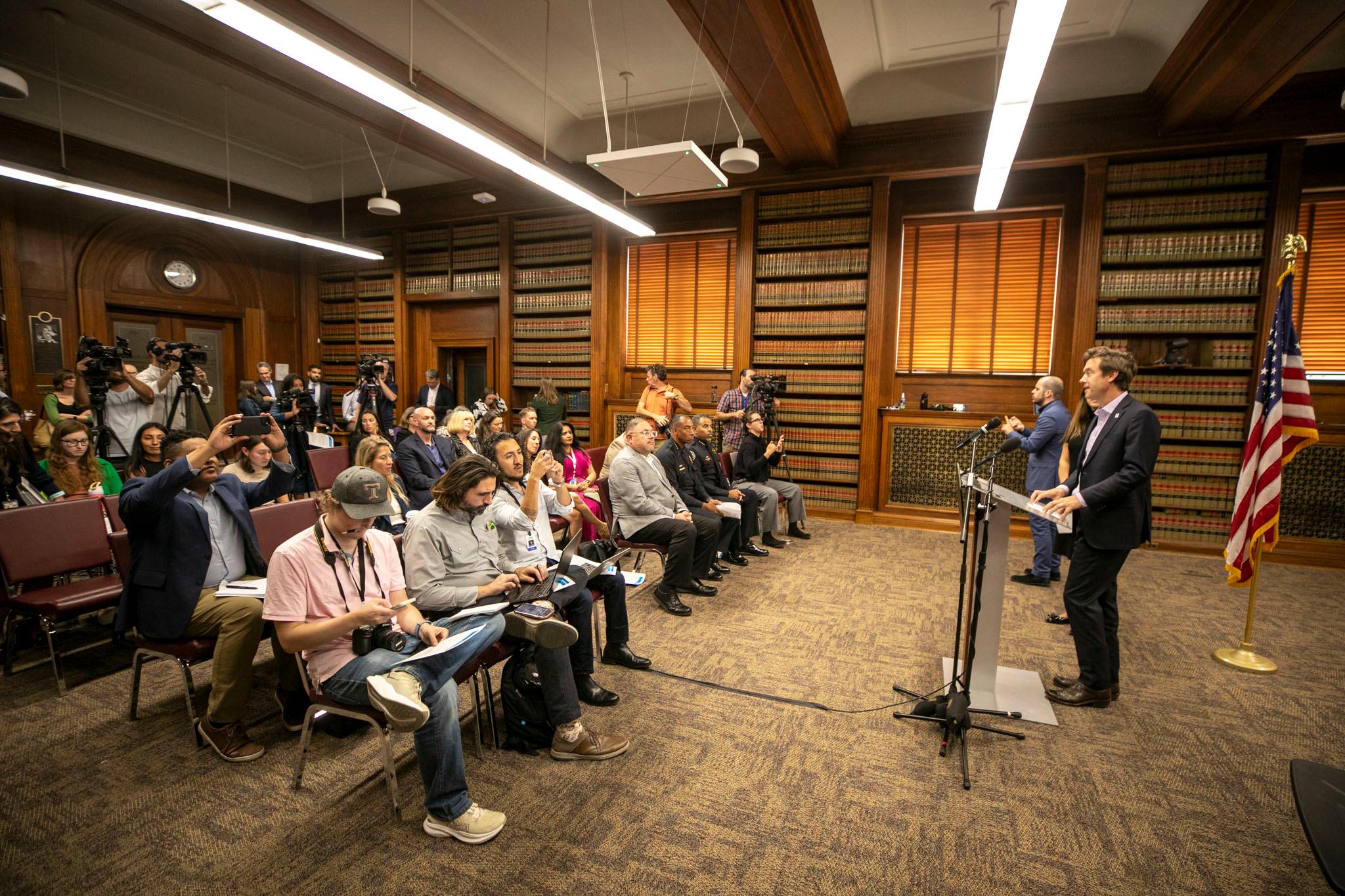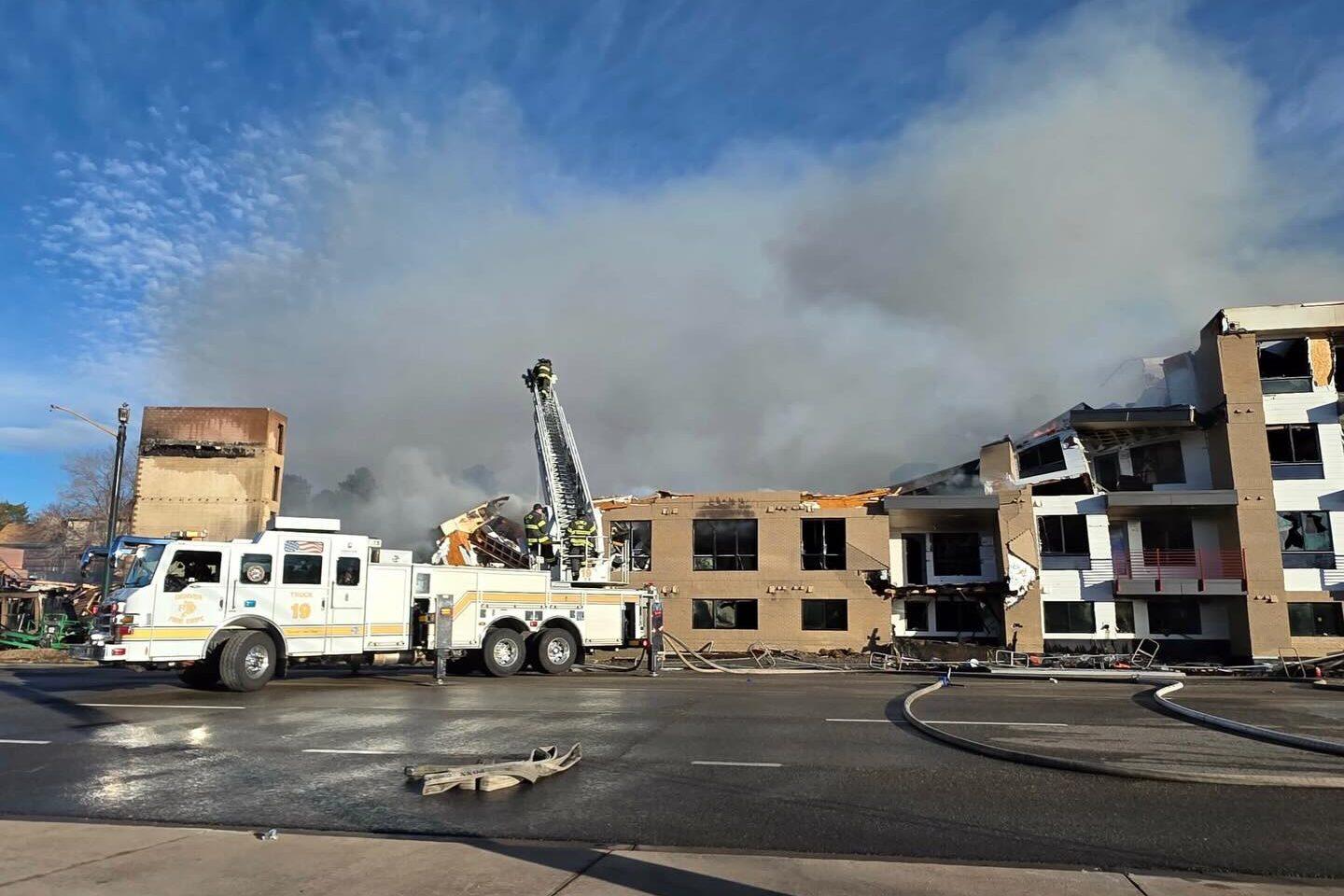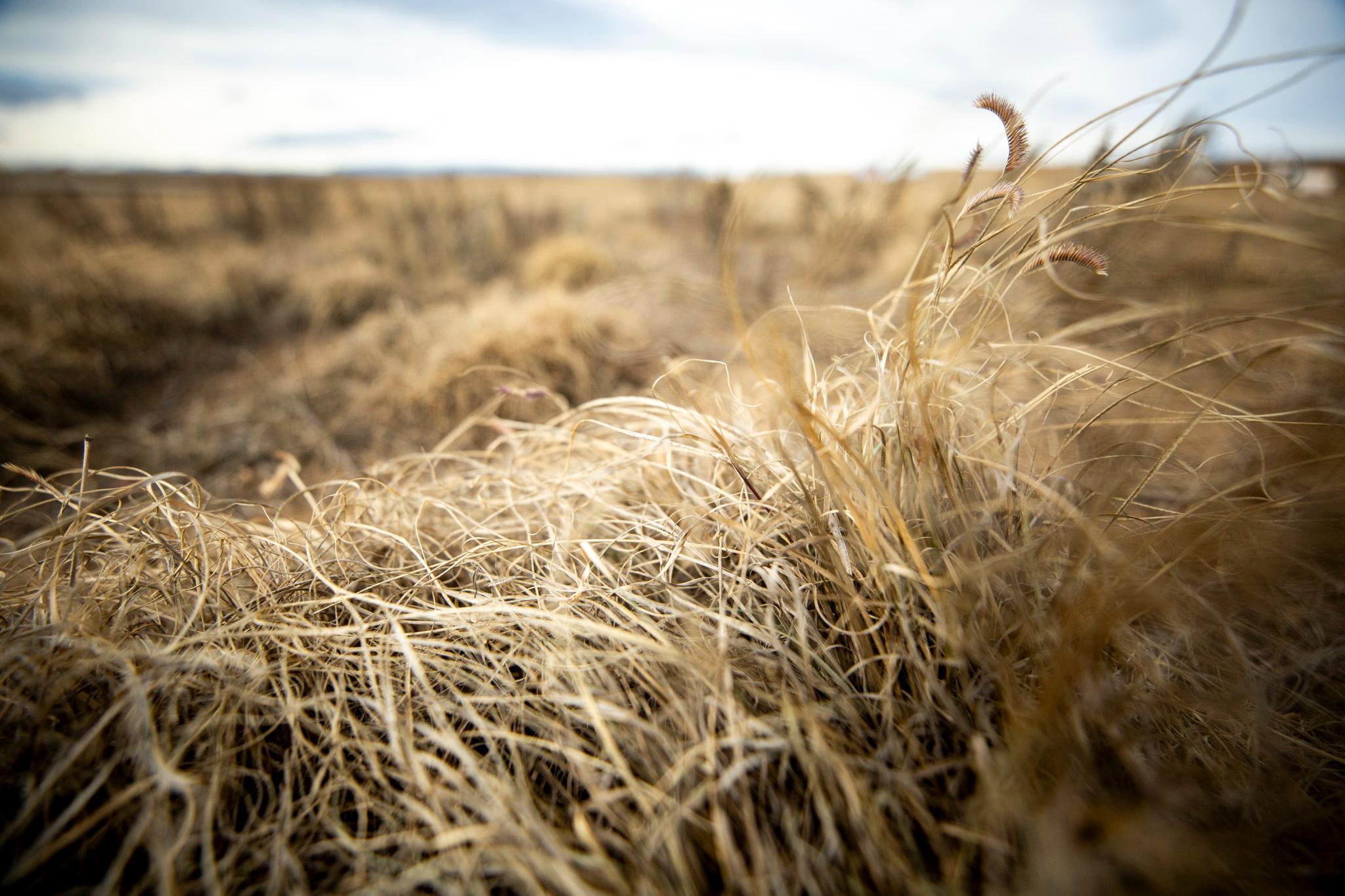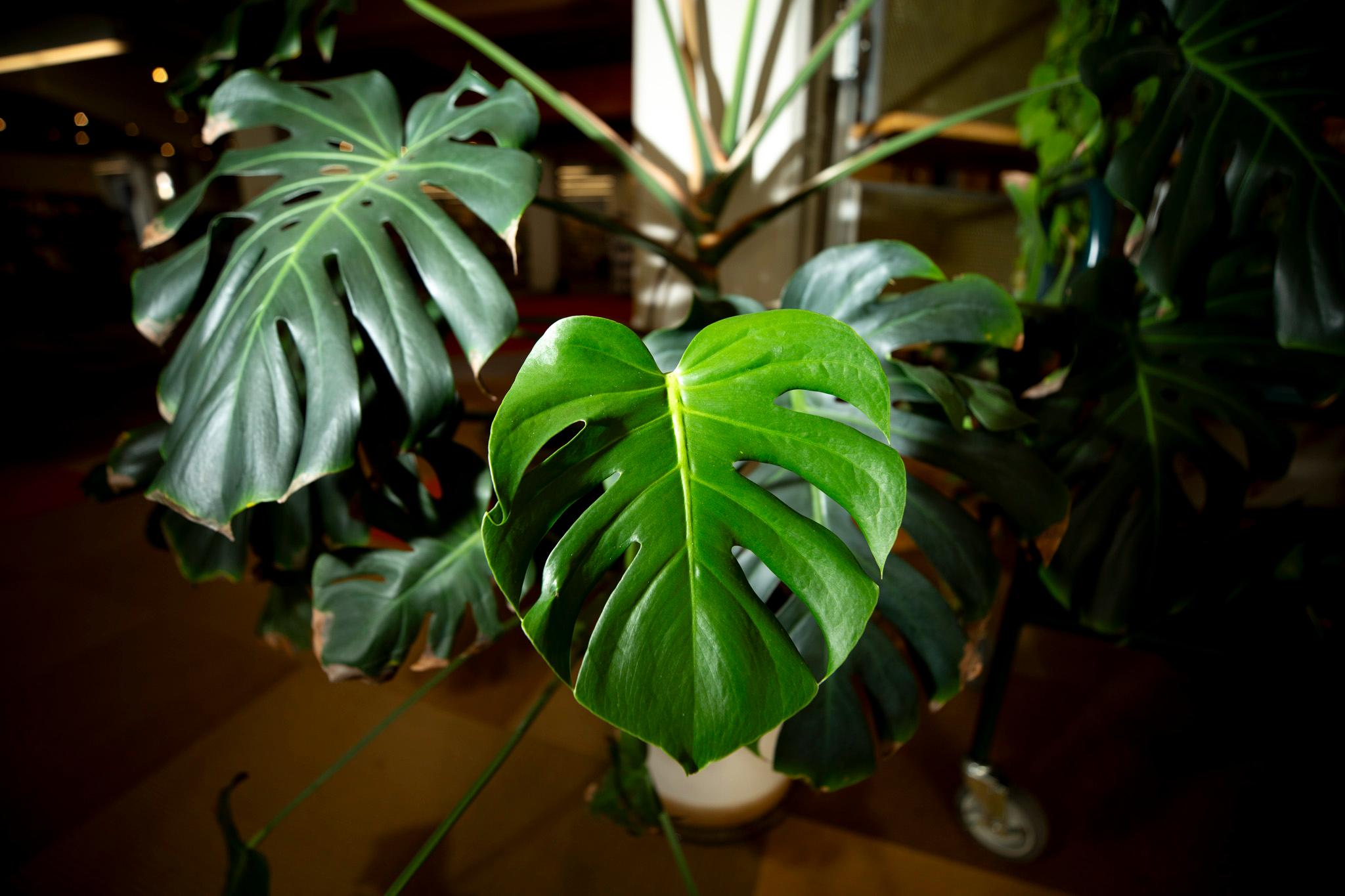If you ask Georgia Garnsey where her favorite place is in Denver, with no hesitation, she’d say City Park.
Of course, she’s not alone. City Park isn’t dubbed the “People’s Park” for no reason.
On Friday, May 31, you can join Garnsey and the neighborhood in honoring the 142-year-old treasure. City Park Day will celebrate the park and the community with a free evening event featuring music, a sweet treat and some Victorian-era fair.
“City Park is a wonder,” Garnsey said. “Every year I learn more and more about the park and it continues to open its wonders to me.”
But why is the park so important in the fabric of Denver’s history?
It all started in 1882, Garnsey said.
(By the way, her City Park fan credentials: She's lived a few blocks from the park for over 50 years and is the president of the neighborhood group, City Park Friends and Neighbors.).
Nearly 25 years after Denver was founded, and as immigrants began to settle in the dry, dusted desert area permanently, city leaders said some beautification was needed.

“These people who had founded a city that was just sort of a way station for prospectors had fallen in love with their city and decided it was gonna be the Paris of the West and that it had to have a park,” Garnsey said.
City leaders were also inspired by the ideas of Frederick Law Olmsted, a landscape architect and designer of New York’s Central Park, who believed that parks and greenspaces were a democratic right for all Americans. Parks should be free, accessible to all and used as a space for connection.
So, Denver’s first park, Curtis Park, was built in 1868, establishing Denver’s parkway system.
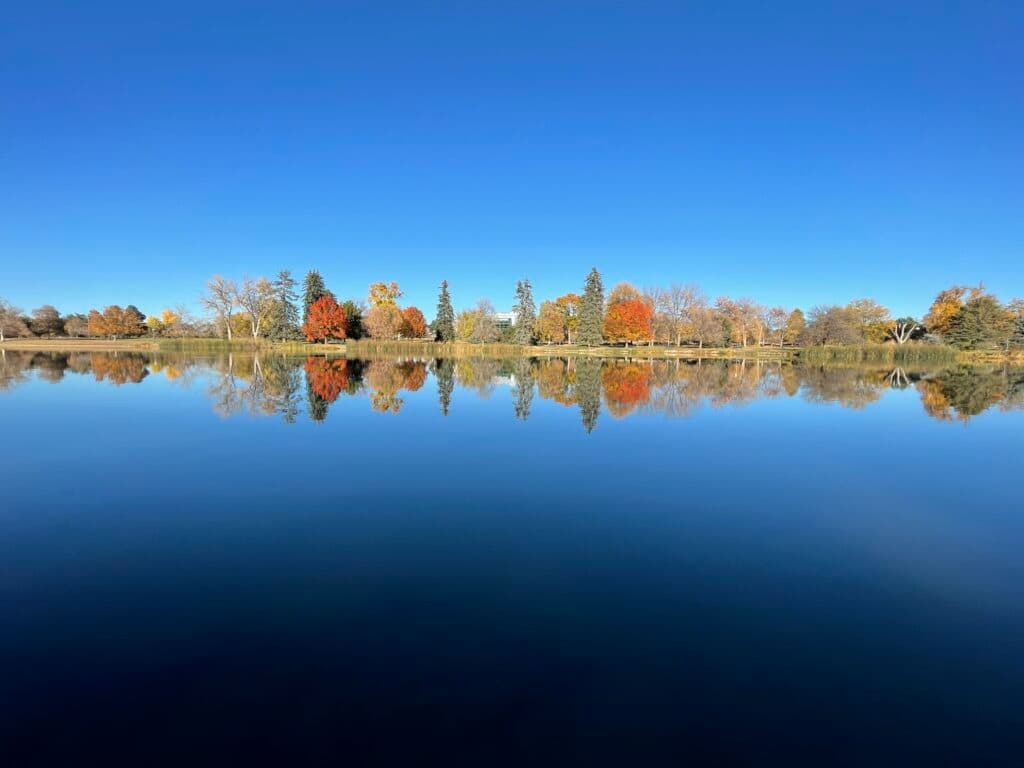
But leaders wanted something bigger
Richard Sopris, Denver’s 15th mayor and its first parks commissioner, and other civic leaders tossed around the idea of creating two large parks on the east and west sides of Denver connected by a “connected by a grand tree-lined boulevard,” according to History Colorado.
As originally planned, that boulevard would’ve been Colfax Avenue and the parks would’ve been City Park in the east and Sloan’s Lake in the west.
But when City Council approved the purchase of the 320-acre plot that would become City Park in 1882, they also nixed the development of the westside park.
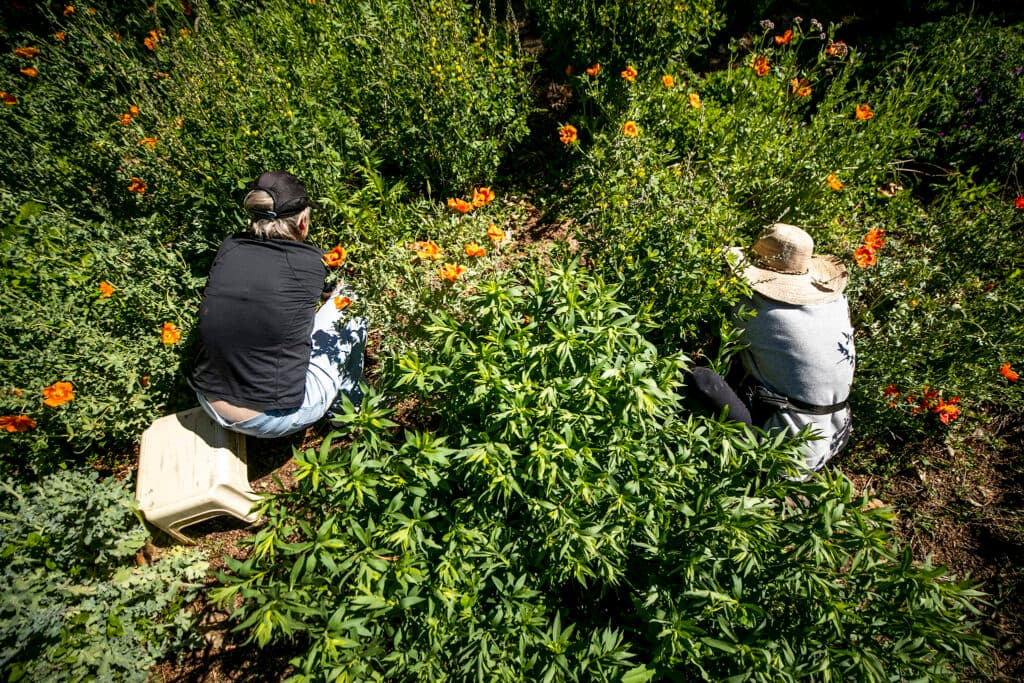
Henry Meryweather and Walter Graves designed after Central Park, with “looping carriageways and walking lanes, a lake, and a preference for picturesque vistas across meadows or water,” according to History Colorado.
“They wanted it to be pastoral, meadow-like for people to feel they were lost in the country,” Garnsey said. “City Park was the first park that the city invested in and decided that they had to have this … The whole city got behind developing this park. Schoolchildren would [eventually] take the trolleys at 17th and York and plant trees on Arbor Day. There were terrible weeds, so Sopris hired a sheep herder to come and let his sheep eat the weeds. It was quite a project and they loved it”
From there, City Park has only improved
Reinhard Schuetze, the city’s first landscape architect, was especially a help.
Ferril Lake — along with the promenade, pavilion and bandstand — was built in the late 1890s.
The prismatic electric fountain, one of the country’s first electric fountains, was installed nearby to flow in tune with the local bands.
Schuetze also designed the Esplanade, creating a pathway from the city to the park.
Cultural institutions also arrived. The Denver Zoo, the Denver Museum of Nature & Science (previously the Colorado Museum of Natural History) and the Denver Botanic Gardens were built in 1896, 1908 and 1953, respectively.
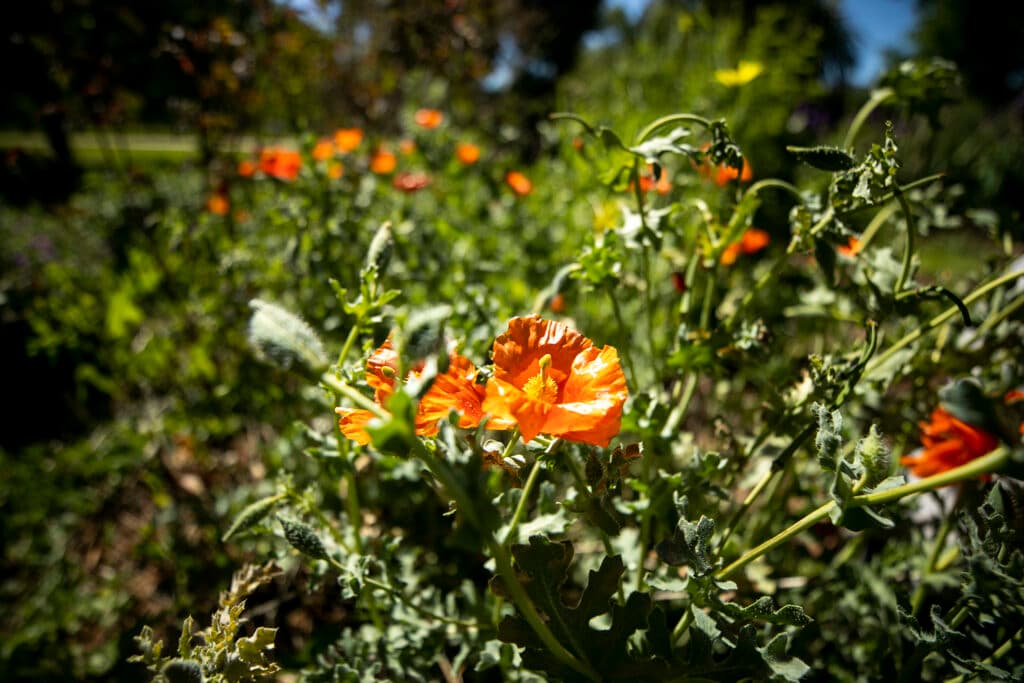

In recent years, the park has received a new playground and expansions to all the cultural institutions. (Still no basketball courts, though.)
“I love the diversity. I love that you meet people from all walks of life and you really meet them because people stop and talk,” Garnsey said. “I love how big it is. People have complained about that, that they get lost in the park. But I love that it's a big meadow with different groves and different sections and different flower beds and nooks and crannies that you discover.”
Hence, City Park Day
Garnsey said the nearby neighborhood groups are reviving a tradition started by former Councilmember Carla Madison. She used to host ice cream socials and was founder of the City Park Festival of the Arts.
City Park Day is Friday, May 31, from 5-8 p.m. at the Pavilion. Free ice cream will be served by Sweet Cooie’s and live music by the Denver Municipal Band.
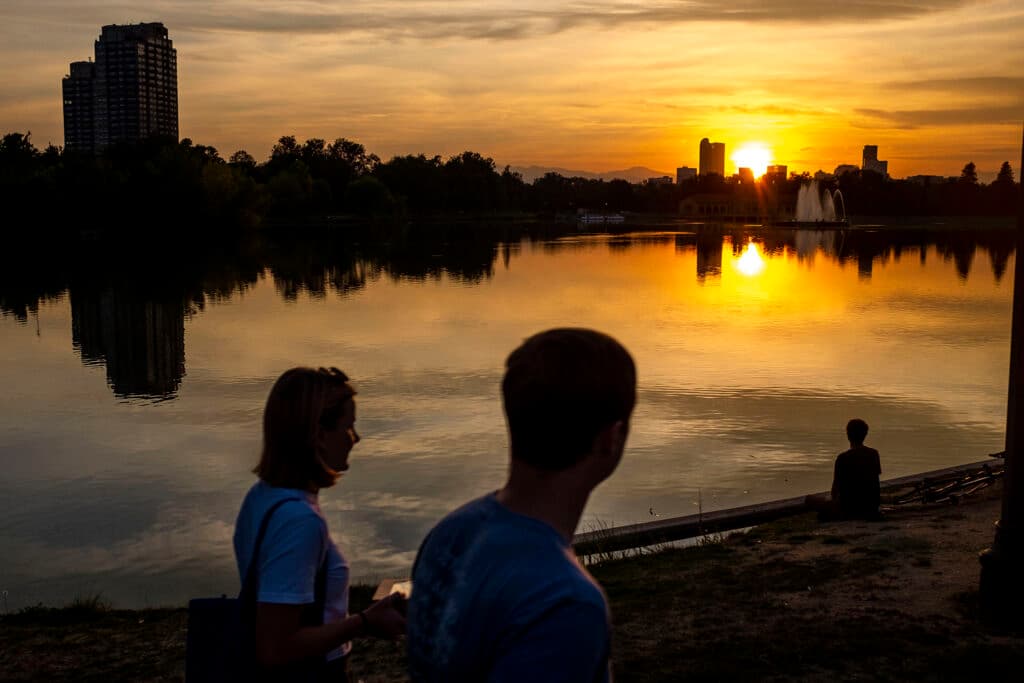
Face painters will be on-site for the kids, as well as exhibits from the museum and the zoo. And a ton of neighborhood groups will host informational tables for folks interested in learning more about the nearby communities, Garnsey said.
But the real fun will be with the Victorian Society of Colorado. A few of their participants will be roaming around in full Victorian-era garb, and they'll want you to join in on the fun.
“It'll be the height of Victorian fashion,” Garnsey said.
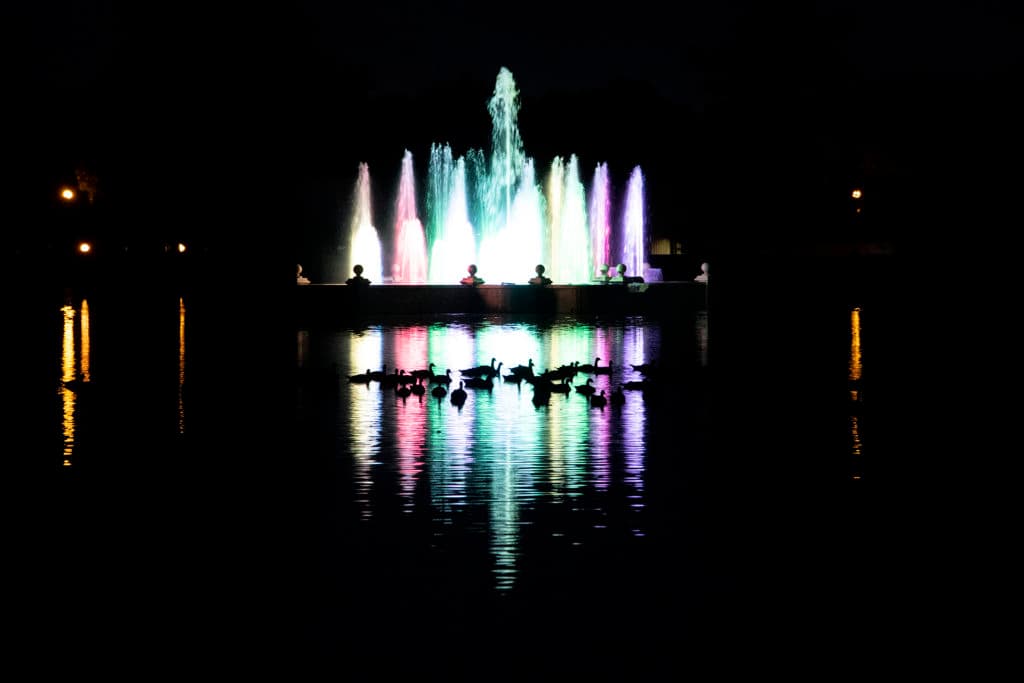
More than just history
While the park’s history is important, Garnsey said the day is more about celebrating the park itself and what it means, or could mean, to Denverites.
City Park is a community waiting to be explored and joined, from the weddings to quinceaneras, the random eagle sightings to the musicians who show up to play,
City Park Friends hosts tours of the park, Garnsey said, as well as volunteering opportunities to keep the park amazing, such as the adopt-a-flowerbed.
But really, just head to the park and take in the views. Those are free, and made for just that.
"It’s the Crown Jewel, truly," Garnsey said. "We see something different every time we're in City Park. We're always entertained. But the democratic value of parks is what's most important to me. That it's free and everyone is welcome there to be who they are and to experience it the way they want to."
